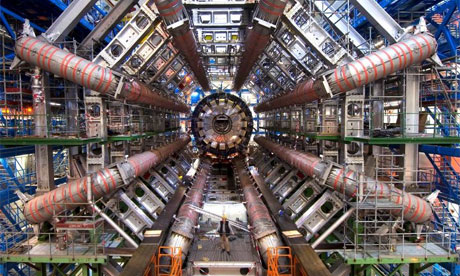
From Autopia:
Flight test programs at Edwards Air Force Base and NASA’s Dryden Flight Research Center usually are off-limits to outsiders, but we got a peek at one of its coolest programs, the X-48B, when the Air Force recently threw open the gates for an open house.
The X-48B is the latest in a long line of experimental X-planes, and the joint venture between NASA and Boeing’s Phantom Works is unlike most that came before. The blended wing-body aircraft isn’t some sort of sierra hotel fighter jet, it doesn’t have a pilot on board and it’s not even full-size. Despite being an
Read more ....
















































